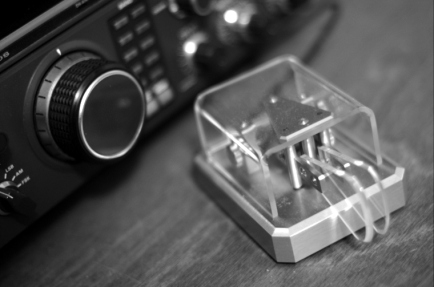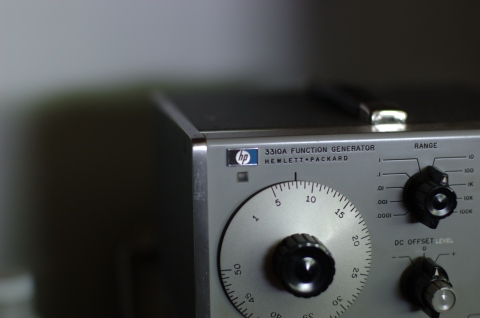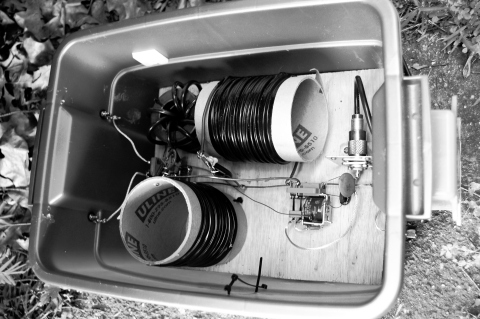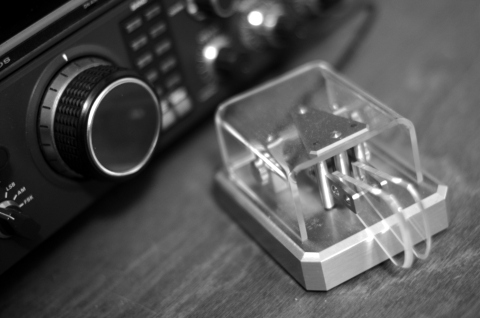Two of my favorite QST articles are “Bedrooms or Beverages” by K1TN (Oct 1994) and “The 20-meter Money-Eater” by W7KCN (Apr 1991). Now that QST is online, you should go look them up.
The April 1991 issue is the first issue of QST I ever read. We picked it up at a used book sale before I was licensed in 1993. It has a lot of hilarious articles in it. The DXDC (DXCC deleted countries) list is quite funny, too. “The 20-meter Money Eater” pretty well describes any homebrew project I’ve ever worked on.
The first year Dad and I were ARRL members was 1994. Those QSTs got dogeared in a real hurry. Either QST was better then, or I’m jaded now, or both. Anyhow, I didn’t even know what a Beverage was when I read “Bedrooms or Beverages.” In fact, I didn’t know what half the article was about. But, it was good reading. I read it again recently when I was at Mom and Dad’s place. It’s even funnier now that I’ve thought about doing some of the things K1TN tells about. I actually had an e-mail exchange with him a few years ago about joining a Sprint team in which I told him it was my all-time favorite QST article. He said that all of his years of writing/editing for QST were worth it when people told him things like that. I always enjoy his writing.
» Read more: Bedrooms or Beverages and the 20-meter Money Eater




